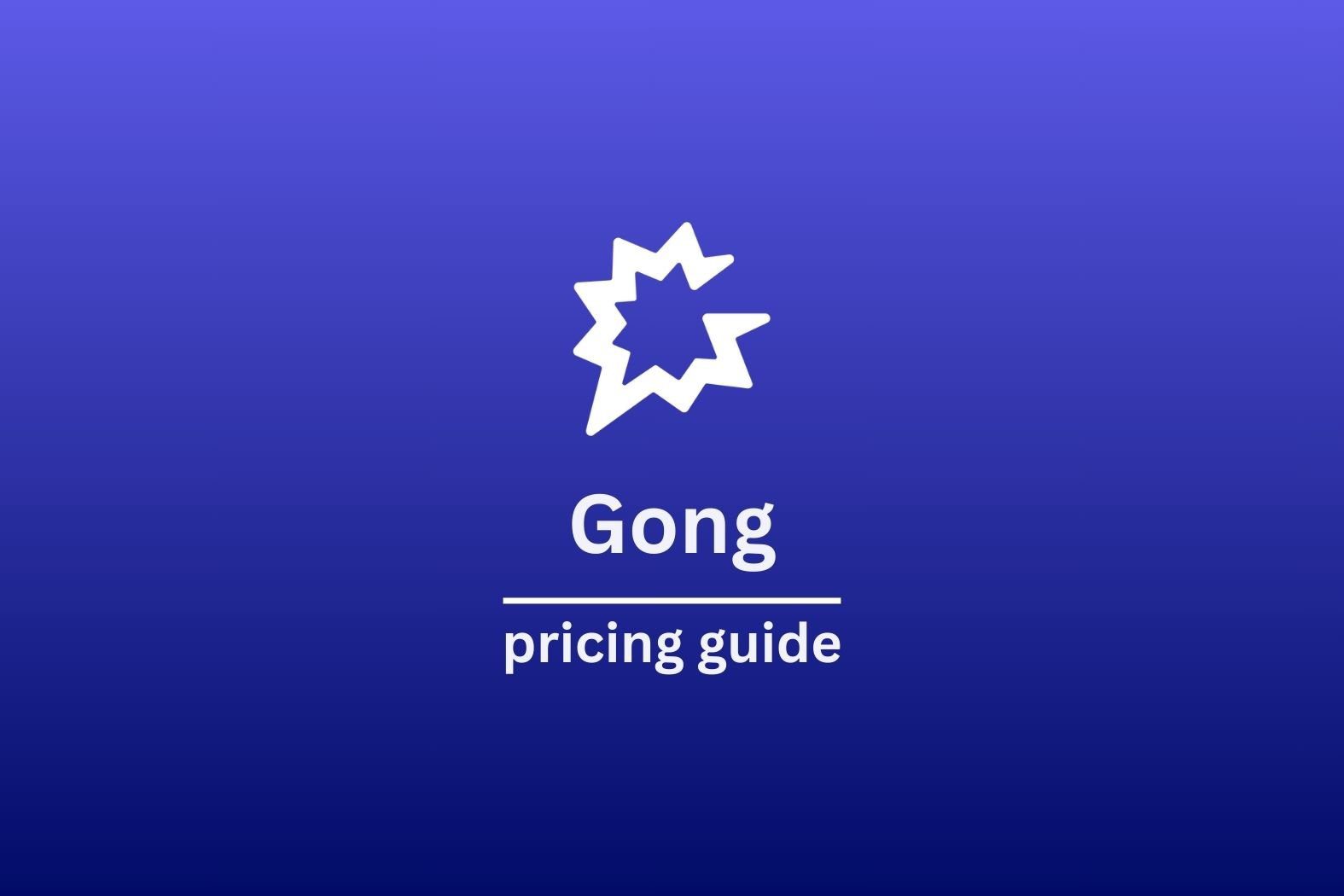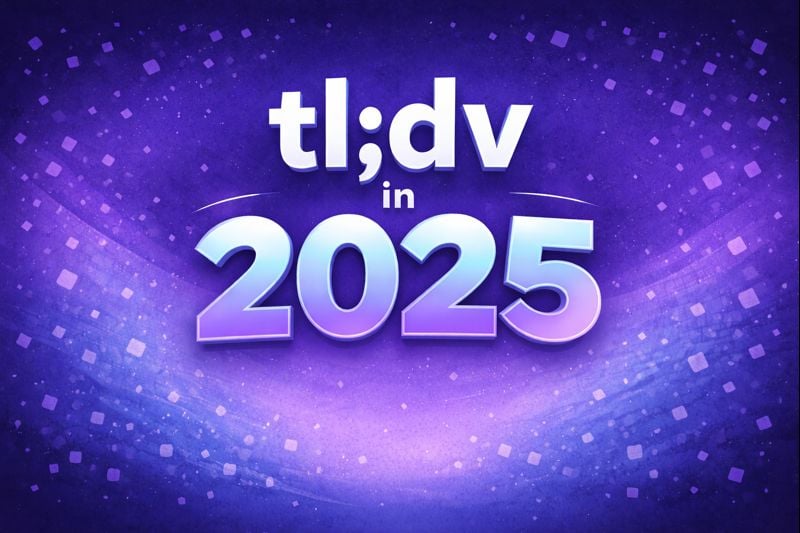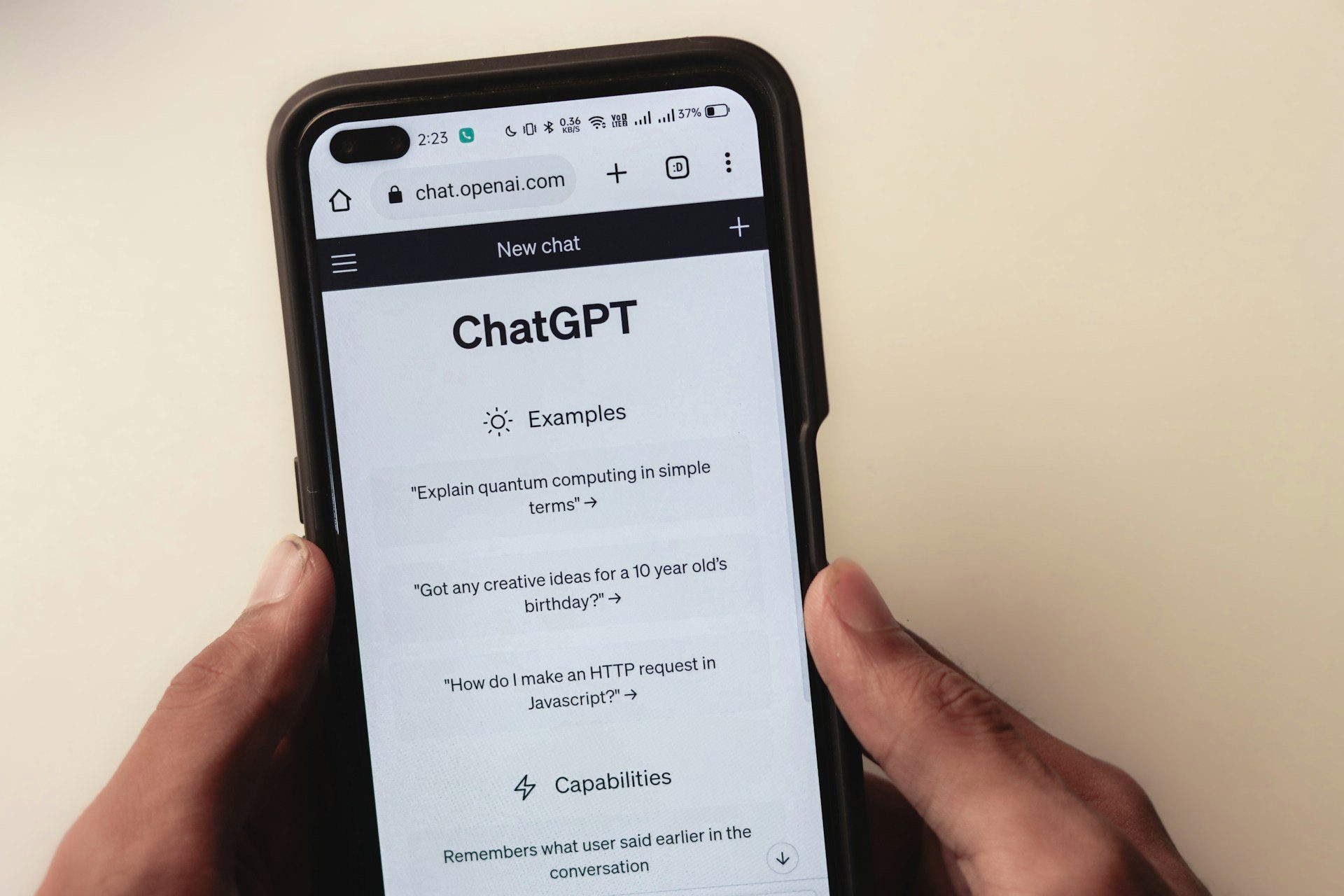Everything in business comes at a cost, right? So, it’s fair to assume that when it comes to attracting consumers, you would have to pay to persuade them to buy your business. When it comes to CAC for companies, the old adage “spend money to make money” could not be more accurate.
CAC, or consumer acquisition cost, is the initial cost involved with each of the clients and how they are acquired. The time required for the business to win back the money expended on customer acquisition is known as the CAC payback period. The Payback period should be considered the breakeven point and an excellent predictor of how much cash the firm requires to continue growing profitably.
In this article:
- What is CAC Payback?
- CAC Payback Period Calculation Formula
- Benchmarking: CAC Payback goals
- The Product-Led-Advantage
- Zoom IPO Case Study
- Tips for reducing CAC Payback Period
What is the CAC payback period?

CAC and, more specifically, CAC payback (the time it takes to recoup your consumer acquisition costs) are critical SaaS go-to-market metrics. Leading companies make the metric a board-level target, with ongoing negotiations to ensure that CAC payback is reliable and predictable.
CAC payback management (or lack thereof) will make or break your business. The problem for operators is that CAC payback is a dynamic issue. There is no universally accepted framework for calculating CAC Payback Period, managing the payback period, and positively influencing the metric, even at the board level.
CAC payback period calculation

CAC payback reflects a single point in time. While the long-term trend is critical, don’t forget to look at how the numbers trend over time. Have a better view of what’s going on and be careful about productivity, particularly as the business expands.
It is typical to see a decrease in productivity as a company grows, economies saturate, and competition rises. In addition to recruiting additional team members as you scale, increased operating expenses (don’t forget to mention leasing expenses for the sales and marketing teams!) will trigger improvements in the CAC payback time. The trick to successfully riding these waves is to anticipate them (so no one panics) and to be consistent.
CAC payback period is the single best indicator of the go-to-market engine’s performance. The average payback period shows you how long it will take to recoup your investment in a new client, in months, quarters, or years. A high figure indicates that you are overspending on consumer acquisition, while a low figure indicates the reverse.
The most difficult aspect of calculating CAC payback is that there are many different methods to measure it. One small nuance will drastically alter the result of your equation and distort the truth of your sales performance. So how to calculate the CAC payback period efficiently and correctly? Don’t worry; it has a simple formula.
This formula needs just three inputs, making it a simple calculation and understanding.
CAC payback period = CAC/ (MRR – ACS).
- CAC = Average Customer Acquisition Cost
- MRR = Average Monthly Recurring Revenue
- ACS = Average Cost of Service
Benchmarking: CAC payback goals
Faster is (almost) always safer when it comes to CAC payback. Most people consider 12 months to be a brilliant CAC payback period and use this number as a rule of thumb. However, it is critical to rely on peer benchmarks rather than rules of thumb. A “best-in-class” CAC payback time is heavily contingent on the go-to-market strategy and consumer form, and it must be considered alongside two other metrics: logo retention and net dollar retention.
For example, if you sell to big companies and have long revenue periods backed by a field sales model of highly paid sales reps and a long ramp-up period, the company would have a better payback than a product-led company that uses virality and a self-serve freemium model to reach businesses of all sizes.
No metric exists in a silo; CAC payback is no exception to this rule. Since CAC payback is an implied value, it must be seen alongside logo retention and net dollar retention. For e.g., your payback may be lower than peer benchmarks, but your retention may be best-in-class. If you never lose a customer (100 percent retention) and your customers pay you back over time (net dollar retention >100% ), you should be assured that you can finally recoup all of your sales and promotion expenses and breakeven on each customer you add, even if it takes 24 months or more.
In contrast, if the CAC payback period is six months, but you lose the majority of your clients by month three, you will never recoup your purchase costs. The easiest and only way to determine if your inferred CAC payback will ever be realized is by retention.
The product-led-advantage
It is worth remembering that companies with a product-led growth (PLG) model have a lower CAC payback than companies with a conventional sales-and-marketing-driven go-to-market model. Since their bottom-up business model depends on the product to attract, transform, and upsell customers, product-led firms have lower distribution and marketing costs.
CAC payback in PLG companies is initially comparable to that of non-PLG businesses. However, the two diverge at the growth period, as the PLG paradigm reaches its viral inflection point, resulting in CAC payback that is almost 100 percent lower. Product-led businesses have an inherent advantage and know continuing efficiencies when they mature, benefiting from stickiness, delightful customer interfaces, and virality, as they have less revenue and marketing dollars to recoup.
Zoom IPO case study
In the fiscal year 2019, the majority of $100K+ customers of video conferencing app Zoom began with at least one free host before subscribing. Though their product is basic and intuitive for consumers, Zoom has overcome an extremely difficult technical problem and is taking easy-to-use, video-first communications to the masses for the first time (and is rapidly moving deeper into enterprises).
Zoom’s initial public offering (IPO) shows that companies with high competitiveness and the freedom to believe in long-term, sustainable growth are more valuable. Even though Zoom does not release consumer counts by year, the following shows their median tenure to be 9.1 months.
Source: medium.com
Tips for reducing CAC payback period
Make use of PLG best practices
PLG firms are more effective. To begin, you can clearly rely on virality and word-of-mouth to reduce your dependence on paid ads. To generate effective network effects and recommendation possibilities, focus on providing value and joy through a superior user interface. You won’t have to waste too much money on lavish ads if you can get people talking about your stuff.
Avoid the trap of Lifetime Value
LTV is an output, and you can concentrate on the main inputs that you can control: CAC and retention. However, do not get too focused on LTV CAC payback. Although the LTV:CAC ratio has historically been emphasized, time has proven that the formula is far from optimal and is not necessarily the correct indicator of achievement. You’ll be in fine hands if you can handle best-in-class retention and CAC payback versus peers.
Take advantage of upselling and cross-sell opportunities
It is cheaper to market to a loyal buyer than to a new one, and consumers who extend beyond their original order have a faster payback. If you can pay to attract a client once and then sell them additional customers, features, or merchandise like custom hoodies, t-shirts, or hats, you can quickly see the CAC payback improve significantly.
Never forget about the margins
Gross margin is a central element in the CAC payback formula that is mostly ignored and one that you can easily influence. Hosting (AWS) expenses and consumer onboarding are the most important costs of products delivered for SaaS companies, and they are actively optimized. Pricing, on the other hand, is the most effective near-term tool for increasing your profit margin.
Conversion rates should be optimized
Invest time and money to ensure that consumers face as little confusion as possible on their path to purchasing. This could include improving the smartphone interface or signup movement. It may involve increasing buyer tools, creating a knowledge base, or deploying a chatbot. Alternatively, conducting a website content analysis to find ways to increase transparency and persuasiveness will suffice.
Increase funnel efficiencies
Increasing the effectiveness of your marketing funnel is a two-part process. Step 1: Build a pipeline that covers every step of the customer process from top to bottom. So many businesses are overly focused on a single goal, such as increasing online visits or booking demonstrations, and lose out on many resources in other fields. Step 2: Make use of automation. Marketing automation systems allow you to quickly and efficiently scale your sales and marketing activities without the need for expensive personnel additions.
Product/market fit must be perfected
When you know who you’re talking to and what challenges you’re solving, the brand messaging becomes even more effective, and every dollar spent becomes more effective. Taking the time to develop consumer personas, do market research, segment customers, and formalize other sales and marketing due to diligence would prevent you from wasting sales and marketing dollars on the wrong consumers.
Final thoughts on the CAC payback period
While spending money to make money is essential, spending money to attract new customers isn’t money well invested unless the income earned from that customer beats the expense of acquiring that customer. If you understand all of the variables that influence CAC payback, you’ll be able to benchmark your results and target tests to positively impact each of those variables and boost CAC payback. Understanding CAC payback is essential for successfully positioning any SaaS company.





